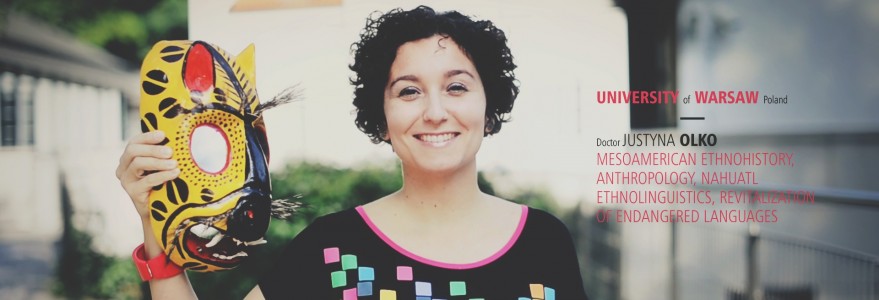When studying in our University, you will have the chance to learn from the best lecturers, who include the recipients of prestigious European grants. Meet them in this short film presentation.
University employs 3,500 scholars. Among them, there are many recognized researchers, as well as young talents, who often, after taking some time for an internship abroad, come back to us – the most important thing is that they are able to combine their passion for science with belief in the sense of teaching – transferring their knowledge to students, developing their interests, inspiring others to take up independent studies.
Special focus should be directed on the laureates of the European Research Council competitions. The funds from ERC are available to scientists from all around Europe, so Polish scientists compete on equal grounds against their peers from all other countries of the continent. So far, Poland won 14 ERC grants, of which 7 went to the University of Warsaw. In other two projects University participates as the institutional partner, cooperating, among others, with the University of Oxford.
This evolved into our idea for film presentations of the laureates of European Research Council competitions. We started a week ago with Piotr Sułkowski from the Faculty of Physics, who won the grant in 2013. The film was watched by 4,600 people (see the movie).
This week we want to show you a film about Doctor Justyna Olko from the Faculty of Artes Liberales. In 2012 she received form ERC 1.32 million Euro to study the cross-cultural contact between Europeans and the native people of the Americas.
At the core of her research project is the aim of reconstructing and understanding the nature, exact trajectories, mechanisms and implications of cross-cultural contact and transfers between Europeans and the native people of the Americas, focusing on, but not limited to, the Nahuatl-speaking zone of central Mexico. A major innovation of this project is to study this process of cross-cultural communication in its full historical depth, through the colonial and postcolonial eras up to the present day and encompassing different stages and types of contact. The meticulous and cross-disciplinary study of an extensive body of texts in Nahuatl (“Aztec”) and Spanish, complemented by present-day ethnolinguistic data, will make it possible to deduce and understand patterns across time and space in ways novel to existing scholarship, embracing both micro- and macroregional trends.



